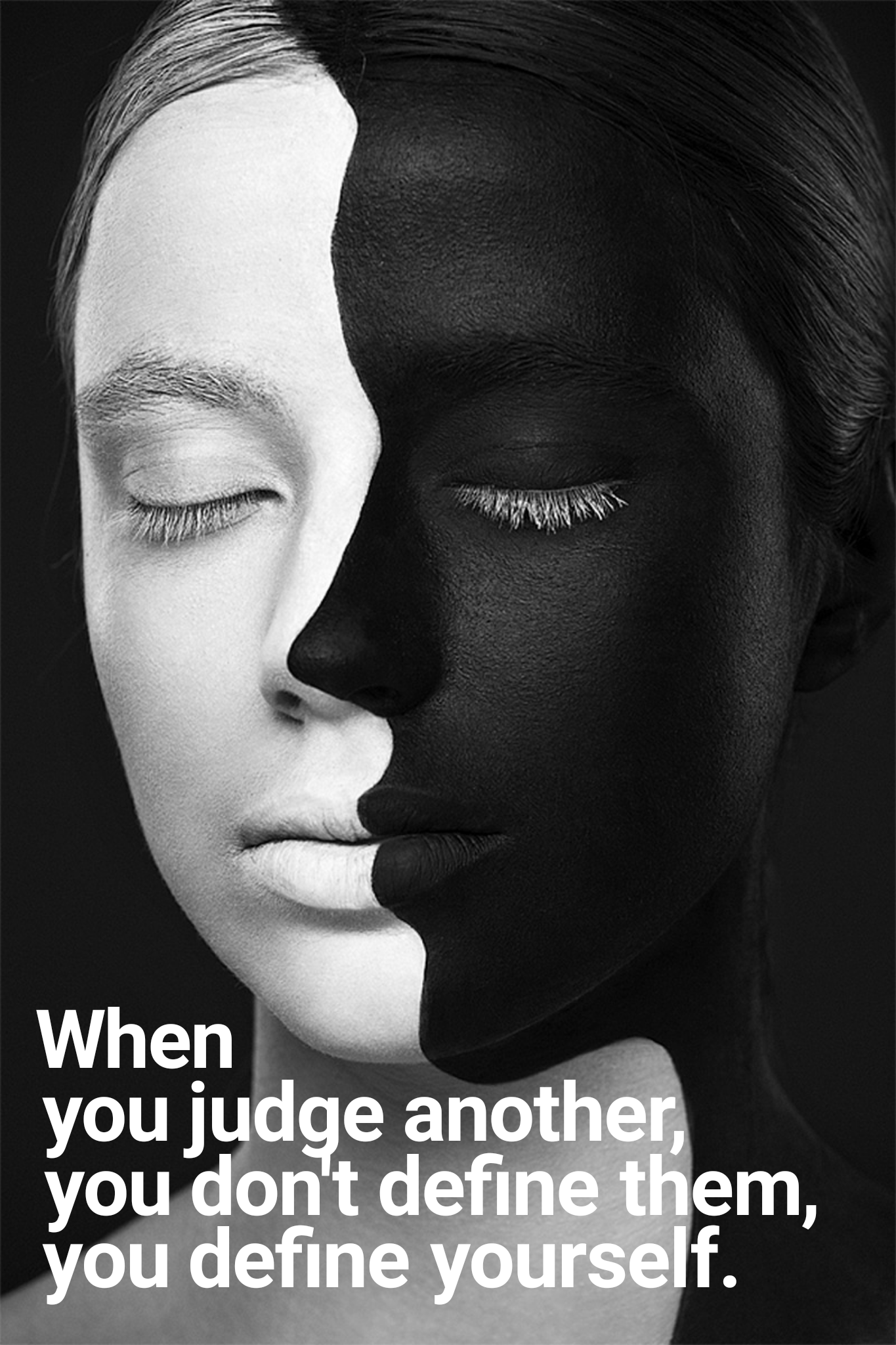

The individuals who work for that institution may have no bias against you themselves, but the system operates in a way that puts you at a disadvantage. Structural stigma refers to institutional policies based on stigmatizing attitudes. You may avoid getting treatment for schizophrenia because you worry a diagnosis would cost you the custody of your kids. You may, for instance, publicly deny having a specific trait or reject treatment to avoid getting a diagnosis. Label avoidance happens when you distance yourself from a stigmatized group. You might hide your stuffed animal collection from your friends for fear they would perceive you as immature or wonder about your interest in children’s toys. Perceived stigma happens when you believe (rightly or wrongly) the people around you, or society as a whole, would judge you negatively for having a certain trait. You may consider yourself weak for having post-traumatic stress disorder (PTSD), especially when the people in your life suggest you’re overreacting to the trauma you experienced. To put it simply, you may begin to consider your own traits or symptoms “ shameful” and deserving of criticism, or believe you’ve earned negative judgment because of them. Self-stigma happens when you accept public stigma. Their (inaccurate) understanding of this mental health condition, of course, comes from the multiple media portrayals of people with DID who engage in acts of violence. What if one of your ‘personalities’ tried to kill someone? Would you even know about it?” You tell a friend you have dissociative identity disorder (DID), and they react by saying, “Whoa.

Societal attitudes toward these traits may show up in the media, often subtly encouraging negative perceptions or presenting stereotypes as facts. Public stigma describes the overarching sentiment society has about people with a certain trait.

While people can stigmatize nearly any trait, the National Alliance on Mental Illness (NAMI) categorizes stigma into seven main types: Public stigma


 0 kommentar(er)
0 kommentar(er)
